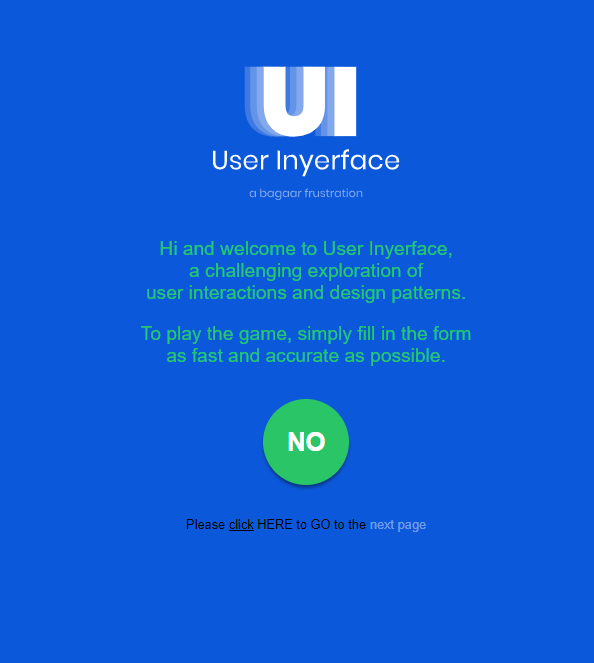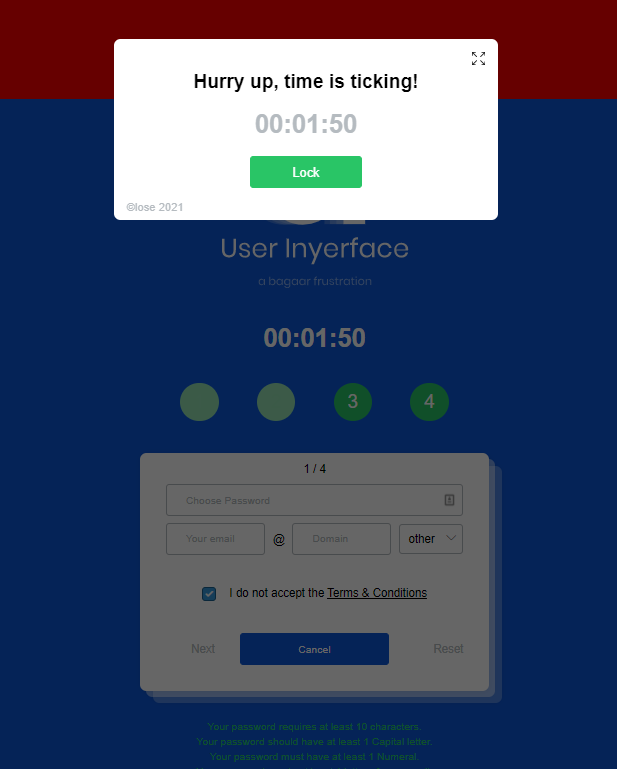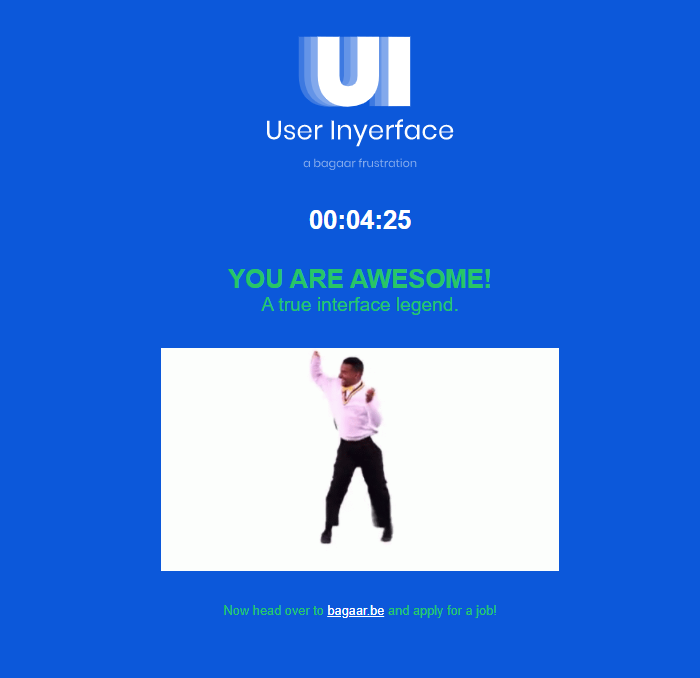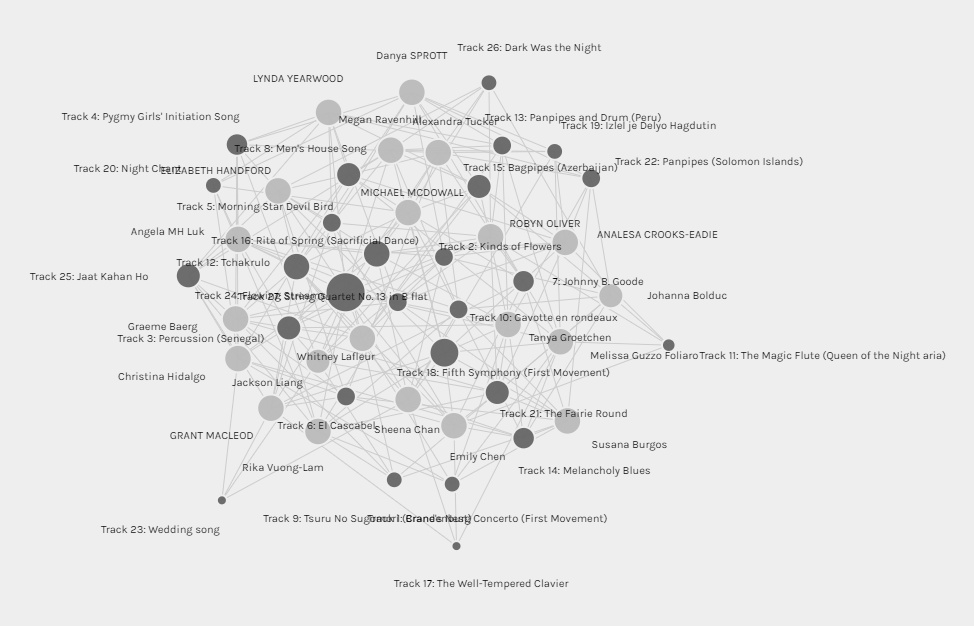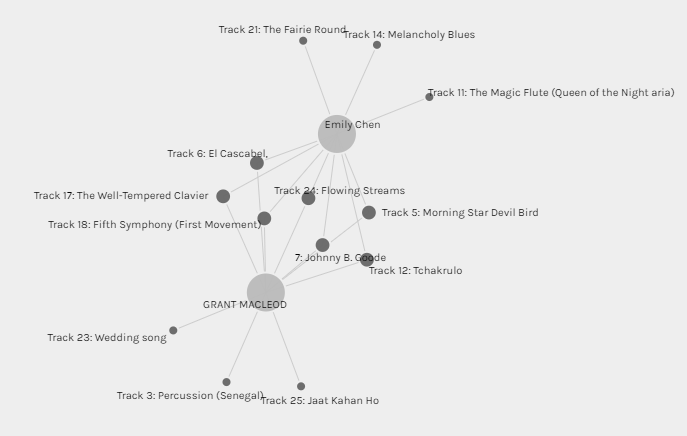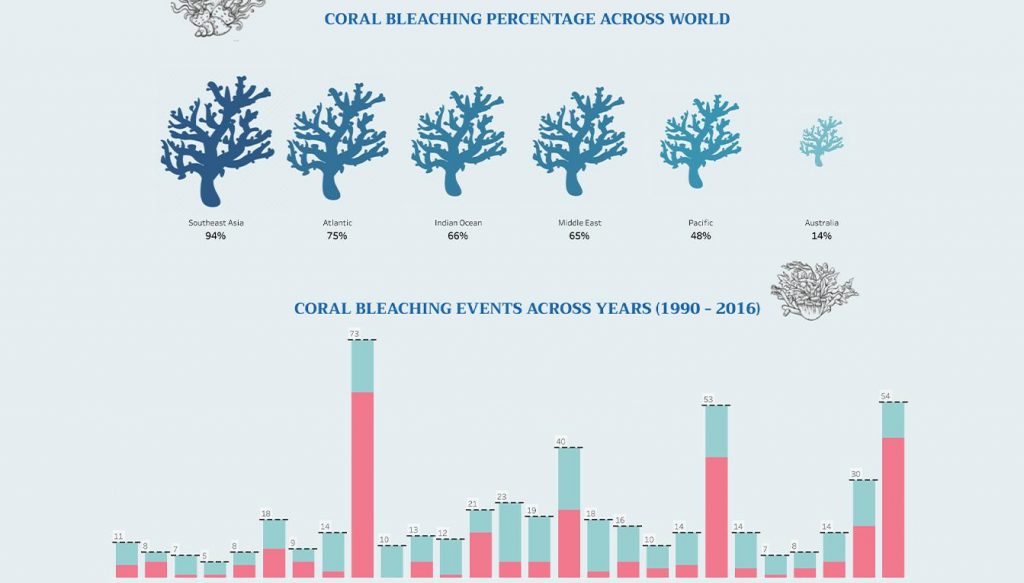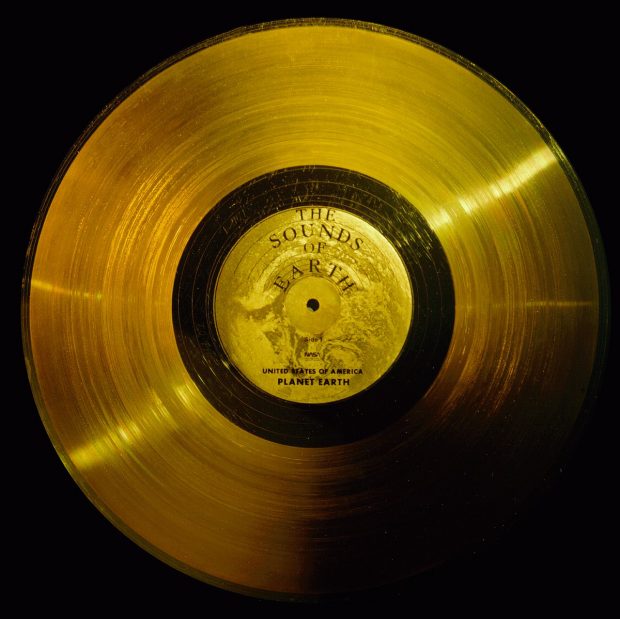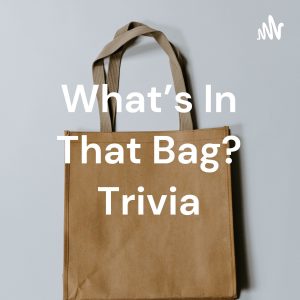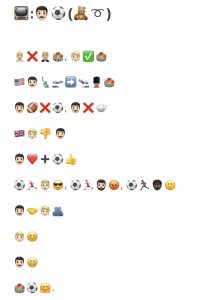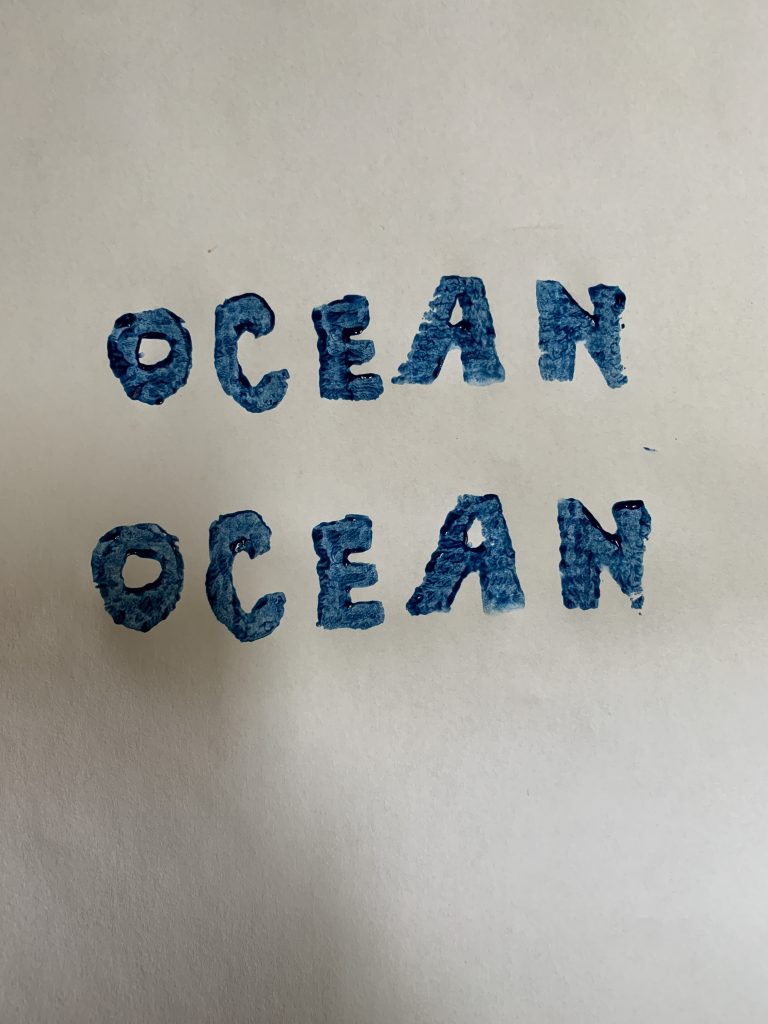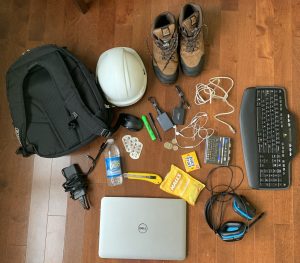
Hello everyone, my name is Grant MacLeod and I am a Canadian East Coaster having grown up and lived in the province of Nova Scotia most of my life. I have fallen into an interesting job where I am predominantly a technician (oceans technologist!) but I also train and educate individuals on the use of technology used in the field of fisheries/oceanology. My job is unique and my tasks are actually very broad as my team’s main responsibility is to help improve the efficiency of our fishing practices as well as our company’s understanding of and the sustainability of our targeted species populations (clams, scallops, lobster, shrimp, etc.). This is not an easy job and requires that we are versatile to achieve our team goals. This also means that we need a lot of tools and gear to complete our work.
This post is a response to the Task #1 assignment for my ETEC 540 -Text and Technologies course. For reference, this task was completed on 9/17/2021.
For this task I am sharing with you my work bag which I commonly carry. Its contents are usually consistent but can change depending on what is needed for a specific job. My work environment also changes from the company’s office, to my home office, to onboard fishing vessels, to the workshop, or to other company, university, or organization’s facilities. In the image that you see above, are the contents that were most recently inside my work bag (Surprisingly, there is less in my bag than usual). See the list below:
- 1 backpack (N)
- 1 water bottle (N)
- 1 laptop PC (N)
- 1 power cable (N)
- 1 wireless keyboard (W)
- 1 wireless mouse (W)
- 1 headset (W)
- 1 earbuds (W)
- 4 coins (2 toonies, 2 quarters) (W)
- 1 bag of Cough Drops (lemon and honey) (W)
- 1 pack of gum (W)
- 3 coffee rewards cards (W)
- 1 exacta knife (N)
- 1 green highlighter (W)
- 1 black pen (W)
- 1 precision screwdriver set (N)
- 2 SSD external hard drives (N)
- 1 ethernet patch cable (N)
- 1 phone charger cable (N)
- 1 pair of Steel Toe boots (N)
- 1 hardhat (N)
Note: My cellphone is missing from the photo because I used it to take the picture.
Need = N
Want = W
What is your daily need for the items in your bag?
These items that I contain in my bag are some out of necessity but some are just out of pure desire or want. For example I need my laptop PC and my power cable to complete most of my daily work tasks yet I want to have juicy fruit gum because I like the taste, it reminds me of childhood, and it helps me focus. Above I have coded the items by letter which items I feel are a Need (N) or a Want (W).
A couple items as of note are:
- Steel Toe boots and hardhat – Although these items don’t always fit in my bag they are important for my work. I often work on large fishing vessels and it is company policy to wear personal protective equipment (PPE) while on board. If I am at the dock, these two items usually suffice but if I’m at sea more PPE is required. I’m sure you can guess what that is.
- Bag of cough drops – I usually carry a bag of lemon and honey cough drops just in case I get a cold. I interact with a lot of people so having cough drops is great to have available, although I noticed that this bag is expired. Looks like I will have to get a new bag.
- Headset – My need for a headset is so that I can communicate and complete my work without distractions in whatever environment I am in. They help block out background noise. For example, the headset is great when I am at the office and there are noise distractions around me.
- Coffee Rewards Card – I am a coffee drinker and I usually make coffee at home or in the office. However, sometimes when I am on the road I like to purchase McDonald’s coffee. I like the taste and it’s usually a good price. I try to collect stamps and use the rewards cards because I find free coffee tastes even better.
How might these items be considered “texts” and what do they say about you, the places you inhabit, the cultures with which you engage, and/or the activities you take up?
Many of these items can be considered texts or mostly have text imprinted on them. Most of the text relates to the branding for the items and were chosen because of a preference that I had for those particular items. For example, I have 1 water bottle with a plastic label with printed ink text. The text indicates the brand of the item and the message that the company wants to display to its customers. I usually choose Big Eight (Sobeys Brand) water because I find it tastes the best and it comes from an aquifer in the area that I grew up in. This shows that I value taste and appreciate where I come from. Perhaps it shows that I can be slightly biased too, haha.
Having a laptop PC and other digital devices shows that I work in a field that requires the use of these technologies and shows that I engage with tech culture. It shows that I must have some ability to use these items as well.
Another interesting note is that although it might not be visible, a lot of these items (like my boots, hardhat, harddrives, etc.) are labelled with my name. This probably shows that I like to be organized and don’t like my things going missing. Labelling is a form of text that helps prove ownership and allows for better organization.
Thinking about the title of the course, what are the “text technologies” in your bag, if any? What do these items say about how you engage with language and communication?
The text technologies that are in my bag are mainly my laptop PC and my cellphone (which I often carry in my bag but mostly in my pocket). These are both digital devices and I use them both for work and personal activities like for this course. I use them to send/receive email, take notes, work on text documents, for research, and send text messages, etc. This shows that I communicate mostly through the use of digital technology. I also have a pen and highlighter in my bag but no writing surface (i.e. notebook) to actually use them on, which is quite funny. Perhaps this shows that note taking by hand or print technology is still present in my work but not as valuable to me compared with digital technology.
Another item(s) that could be considered a “text technology” are the two SSD hard drives that I keep in my bag. These devices contain a lot of text, images, and videos and for my job, I collect and analyze a lot of this type of data. Having these devices shows that storage of data is important to my job and I require lots of it.
How does the narrative of the (private) contents of your bag compare with the narrative produced by the image you have of yourself or the image you outwardly project?
I think the contents of my bag give an indication of what I need to do for my job but not necessarily what my job is. For example: having a precision screwdriver set indicates that I need this item for work, to remove and insert small fasteners, but it doesn’t give indication that I work in the oceans technology field. Also, by just looking at an image of me I don’t think one would think that I work in this field. None of the items on my bag project this either. Based on these items some might guess that I am an IT technician or a construction worker.
What would this same bag have looked like, say, 15 or 25 years ago? How do you imagine an archeologist aiming to understand this temporal period might view the contents of your bag many years in the future?
The contents of my bag would look very different 25 years ago. 25 years ago, I wouldn’t have a laptop because I wouldn’t be working from home and therefore wouldn’t need to transport a computer in my bag. I would have a desktop computer at my office. I also wouldn’t need (or have) a wireless keyboard and mouse either (I don’t think these weren’t even invented back then). If I had a hard drive, it would be much bigger in size. I might not even have had bottled water because it was less common back then.
What I would have is a notebook (probably more than 1) and more pens, pencils, and other writing tools. The backpack itself would probably be more of a briefcase style and would contain a lot of papers.
If an archeologist from the future was aiming to understand this bag they would probably say that this is a bag from a general worker who works in an office and at construction sites. Perhaps if I had a PFD or one of my underwater cameras it might help them narrow my job down. These items would also show that this bag was probably from the digital age but more earlier on when there was still a use for print technology. It shows that the owner of this bag probably still had a use for and knew how to use print technology.
Overview
This task was an interesting one to engage in. Examining the contents of my work bag made me really think about text/literacy and how they play a role in my work life. It really made me think about how text technologies have changed over time and makes me curious about what these text technologies will look like in the future.

